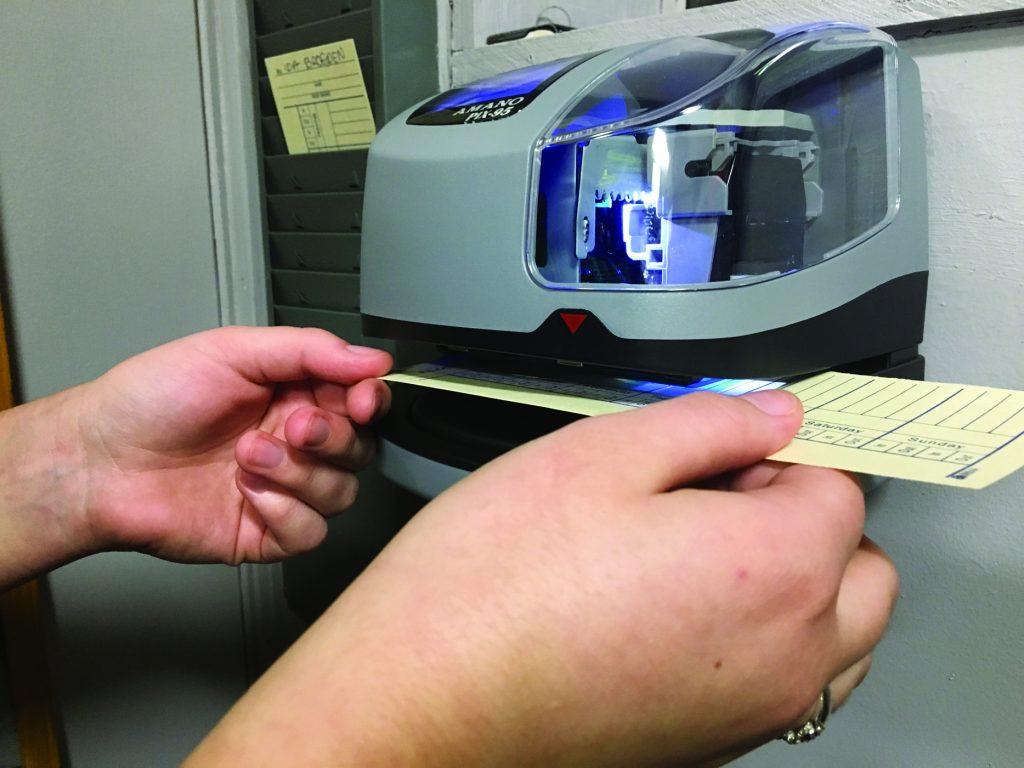Sophomore Annalise Kraus was starting her first job. She nervously peered into the glass windows, looking past the promotional posters and at her new manager. She opened the door and from that moment on she was a member of the workforce.
For five months, all she could think about was not overcooking the cheese curds or not letting the soccer mom at table 15 disrupt the other customers with her three yelling children.
As she worked her summer away, her relationships took a blow. Her dad only came home one or two days per month, and in that whole summer, she only saw him once.
“I ended up quitting for a little bit because I had a lot of obligations that came first,” Kraus said. “I wanted to see my dad more. He’s only home once or twice a month. When I worked on the weekends, I wasn’t able to see him. He was heartbroken, and I really missed him”
According to the Bureau of Labor, the labor force participation rate (which is the percent of the population working or looking for work) for high school graduates of 2015 enrolled in college was 36 percent. With so many students entering the workforce, the problems that they face begin to reach a larger audience.
“Sometimes I pull all-nighters to get all of my work done,” senior Kasey Marsh said. “A lot of times I just don’t have time to get it done at night, so I’ll sleep as much as I can and wake up early to finish it.”
Marsh works as a barista at Starbucks. Her duties include making people’s drinks, whipped creams and mochas, cleaning the kiosk, getting everything ready for the people the next day, working the pastry case and manning the cash register.
“I used to work 30 hours a week at the beginning of the school year, but it was too much so I dropped a shift,” Marsh said. “It helped, but even 25 hours is really hard. I work the 4:30-9:30 shift on Mondays and Fridays, I don’t get home until 10 most of the time. On the weekends I work from 6 a.m. to 2 p.m. so I can get my schoolwork done in the afternoons.”
According to North Carolina state laws, students under 18 can’t work before 5 a.m. or after 11 p.m. when there is school the following day. This can be waived if the parents and the principal of the student sign to override the law when the individual turns 16.
Difficult work schedules create problems for lots of students. Balancing work and school can be a challenge. Despite all the negatives, many students with jobs see the bright side. They find ways to manage their time wisely and get the most out of their experience.
“It’s definitely taught me lessons,” junior Brandi Byers said. “It taught me to be more responsible because I have to keep track of my time so I can get to work on time, and I’ve become more of a leader as a result of my promotion.”
Byers works at the Culver’s that recently opened on Airport Road.
Not only did working teach Byers how to function as an employee, but it also helped her develop a better work ethic.
“Being promoted was neat and has made me more responsible,” Byers said. “It made me want to do better in work, and in school and other things I do.”
Despite all of the stress involved, working does have the fundamental benefit of padding a student’s wallet. Not only does the money students earn enable them to pay for things like gas or clothing, the money can also make college preparation easier for them and their parents.
“I think it’s important to have a job while in high school,” Marsh said. “The pay I make is taking the stress off everyone else, I can pay for things like gas and textbooks on my own.”
Not only does working help students in the short term, but it also teaches valuable life lessons. A shared belief among high-school-age workers is that their job is preparing them to face the trials adulthood brings.
“You need to teach yourself to be responsible as early as you can. I’m being responsible for myself, and I’m learning about time constraints and about scheduling,” Marsh said. “I’m forcing myself to become more mature to get ready for the real world.”
By: Alyssa Paull







